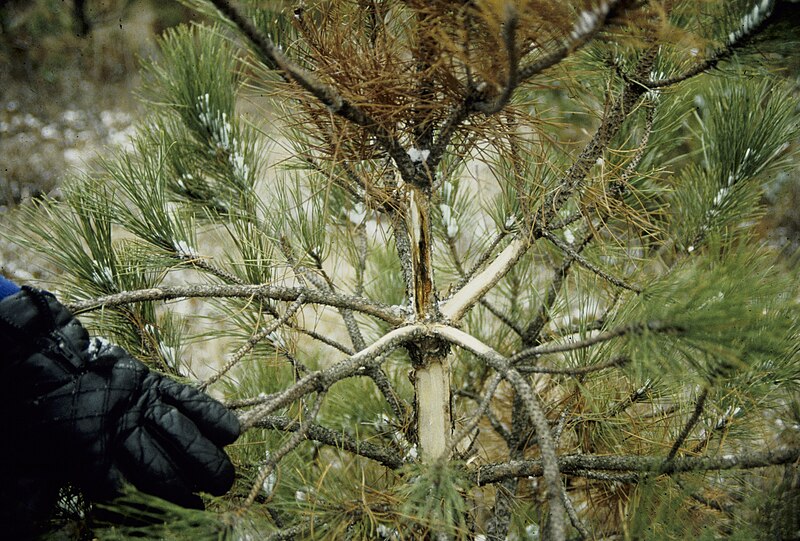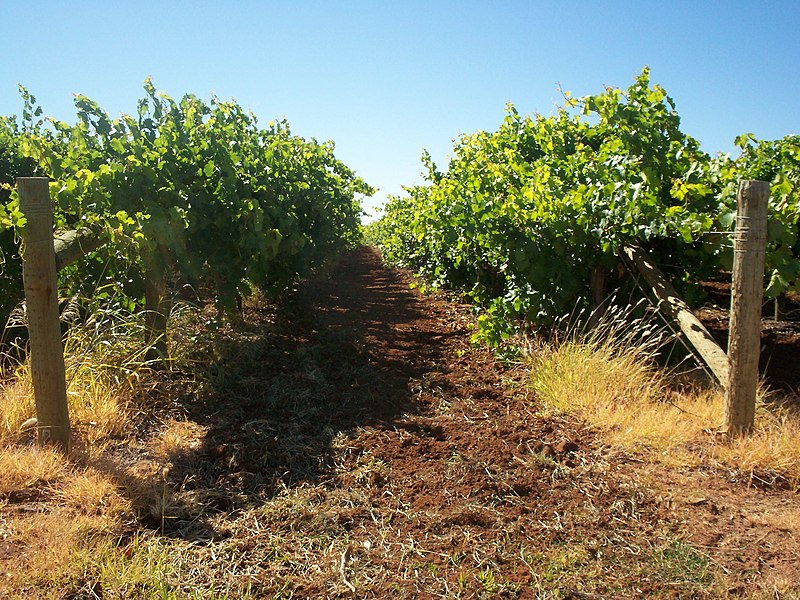Killer Plants in Gaming:
Dungeons and Dragons:
Gaming started with Dungeons and dragons so we will start there. The following are the most common or archetypical plant monsters:Amber Lotus: Hailing from Mystara and the original creature catalogue, Instead of a damaging attack, it generates a sleep pollen.
(not quite amber, but close enough)
Archer Bush: This is a monster of the mid-80's. and both part of the legendary modules B1-9 as well as the creature catalogue. It's noteworthy for being a killer plant with a ranged attack. It hides its huge thorny maw under a pile of debris.
Blights: While these plants are found as early as 3.5 and 4th, they have become the default of evil plants in 5e. This is where the needlefolk, and strangling vine stereotype ended up.
Forester's Bane (snapper saw): Dating back to the original Monster Manual II, this plant is more of a trap than a monster. It traps a target and then begins to saw the creature to death.
Grabgrass: My first experience with this monster with this monster is not in DVD but in the old video game Ultima III. A while back a popular podcaster did a contest to showcase this monster. I think it was mainly included as a joke. Grass is a common plant in urban environments and to fear the grass is silly, especially if it kills your character.
Obliviax Moss: This adnd 2nd edition monster is a patch of moss steals memories and then uses the victim as a self-defence mechanism.
OrcWort: This is one of my favorite plant monsters from 3rd edition. Appearing as a giant woody, pitcher plant whose fruit evolves into small orc-like creatures. They are controlled by the original plant.
Shrambling Mounds: If treants are the copy of the ents, the shrambling mound is a monster based on swamp thing. first introduced in strategic review #3 in 1975, it became the other killer plant staple in pretty much every edition. It is noteworthy that it feeds off electricity to regenerate and heal.
Treant: These were originally introduced in 1974 in the three volume set in 1974 as Ents. They were renamed as treants in Expert Set (light blue box) in 1981 as Treants and have been a regular monster ever since. These communal trees are magical and powerfully built, and not immediately hostile.
Stranglevine: Introduced in Blackmoore in 1975, it isn't so much iconic as it is an archetype: namely killer vines. The role of vines that strangle like a constrictor seems to be one of the defaults for killer plants. This is shown in the following similar plants: such as the 5e assassin vine. A similar theme is done with the hangman's tree in the original monster manual II.
Tri-flower Fronds: The original monster manual 2 was filled with many plant monsters and here's another. It's trumpet-shaped flowers knocks out a target and then uses another one of its bells to digest the victim, not unlike a spider.
Twilight Bloom: Another Monster Manual 2 alumni, It is stated out, but more of a trap than a monster. It attracts its targets with its sweet sap and drips a sappy poison when it comes close.
Vipervine: If stranglevine is the constructor of the plant world, vipervine is the poisonous attacking plant. Dating back to polyhedron #19, 1984, it has a fairly long run in Dungeons and Dragons.
Whipweed: This near plant originally from the fiend folio anchors itself and strikes those within range like a pair of tentacles.
Witherweed: This is a dungeon plant that is very toxic. It's touch causes shaking and reduction until the plant slowly but surely absorbs its target. It only gets worse if it is burned releasing a pungent fume that is toxic. This dates back to White Dwarf #7 in 1978, but became a staple in the fiend folio in 1981
Wolves-in-sheep-clothing: This is one of my favourite iconic plants monsters from dnd. Originally showing in Expedition of the barrier peaks in 1980, it became a feature in the original monster manual 2 in 1983. I don't think it appeared ever since, but I always loved the visual of a killer stump with a cute bunny on it's top. It really doesn't do anything particularly different, but that sideways stump filled with sharpened teeth is one of my favourite visuals in the medium.
Vamprire Roses: Another Dungeons and Dragons monster, that dates back to the colored box adventures, it is a pretty prototypical example of the vampire plant: aka a plant that appears harmless, but feeds on sentient blood. It is known for giving an entrancement using its pheromones. The plant Bloodthorne in later editions fills a similar niche.
Vegepygmy: While it's really on the fence whether it's a fungoid or plant, it is the closest example I have of a humanoid plant that is still fairly intelligent and is communal. When it first appeared in expedition to the barrier peaks, it amused me terribly despite the potentially racist name. The fact they have dog plants that follow them is icing on the cake.
Wood Woad: The merging of a soul with a tree creates a wooden, immortal guardian that sneaks and can even jump from tree to tree.
Yellow Musk Creeper: Originally found in Dwellers of the Forbidden City (1981), but achieved notoriety in the original first edition Fiend Folio (1981), it is particularly noteworthy by using its victims as a germination pod. They are zombies that are under the control of the original plant.
Gamma World Plant Monsters:
While Dungeons and dragons might be the first and most extensive, killer plants have a stronger connection in Gamma world. I think it's because, in most editions, you are allowed to play a mutant plant as a player character. Here are some of the highlights.
Ber laps: I can best describe this as a killer Lilly pad. It is large and uses acid to both attacks and dissolve its prey.
Crep plant: This psychic plant likes to hide in the background (either underwater or in a mass of other plants) and leeches off nearby creatures with its death field.
Forestal: These are the "killer trees" of the setting which shoot seeds and sprays pollen. It came from the 7th edition version and pretty sure it was made to be a more aggressive version of the Crep plant.
Horl Choos: Imagine a tribble with spines. It has the nefarious ability to shoot its spines which are tethered to it, not unlike a fisherman. It then injects acid to soften the target.
Kai Lins: Imagine a plant that looks like a crocodile or heavy lizard that is a carrion feeder. The generate a low-level electrical charge from their tail like root. They are also surprisingly susceptible to domestication.
Kep: If you ever see sandy soil with little around it, beware. It can best be described as a living bear trap as it will snap its roots to entangle and constrict its opponents.
Mantrap: This is an evil venus fly trap that wants to desecrate that land and feast on it remains. Its pollen causes madness and has an acid spray.
Narl EPs (Ghost tree): This Bunyan-like tree when disturbed flings seeds that burst with a sonic blast.
Perth: This plant, at several times of the year, glows when disturbed with intense radiation.
Pineto (Horse Cacti): A mutated thorn-bush is essentially the plant equivalent of a wild stallion, where it is technically possible to ride, but difficult to do so.
Seron Lous: This aquatic plant is unusual as it's a tool wielder and often swings a club or rock at a target. Once it's target has been immobilized, it drags it under the water to feed.
Win Seens: Also known as tanglers, they cover about a 30-foot radius. It is known for living in a symbiotic relationship with predators which it attacks with pheromones.
Zeeth: This purple grass that attempts to teleport into the bodies of potential hosts where they will grow like a weed until it kills the host, in which case it will sprout from the corpse.





.jpg/400px-Human_Tree_Human_Statue_Bodyart_(9410698339).jpg)

.jpg/800px-Daffodils._(34423824293).jpg)




_--_2012_--_8.jpg/1280px-Joshua_Tree_National_Park_(California%2C_USA)_--_2012_--_8.jpg)
.jpg/800px-Mexican_Creeper_(423998461).jpg)






.jpg/800px-Purple_Fountain_Grass_(8661963655).jpg)

No comments:
Post a Comment